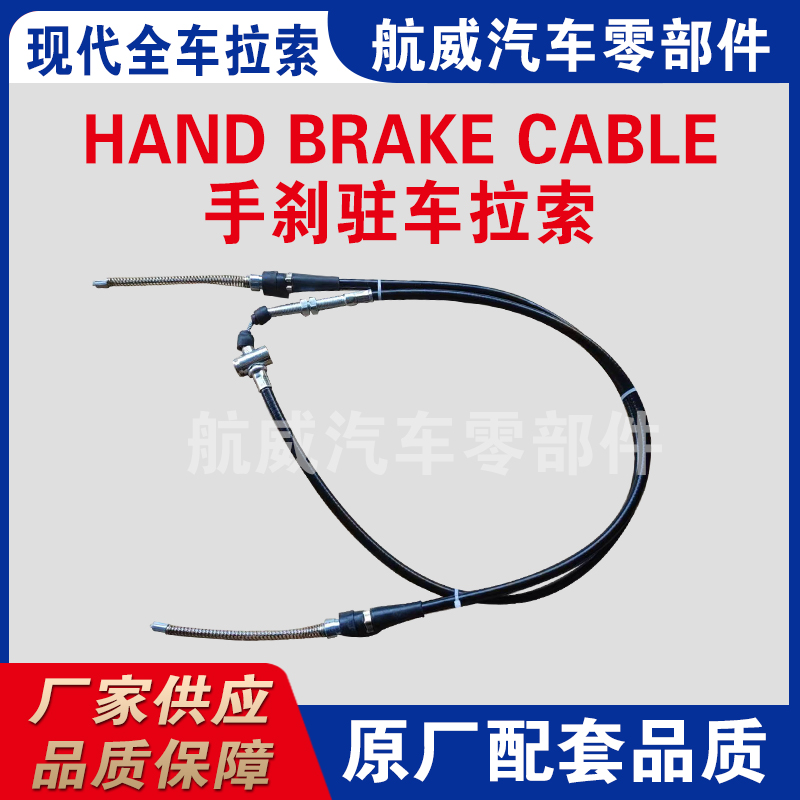Understanding the Functionality and Mechanics of Throttle Body Control Cables in Modern Vehicles
Understanding the Throttle Body Cable An Essential Component of Your Vehicle's Performance
The throttle body cable plays a crucial role in the performance and efficiency of internal combustion engines in vehicles. It acts as a vital link between the accelerator pedal and the engine’s throttle, regulating the amount of air entering the engine based on the driver's input. Understanding the function, importance, and maintenance of the throttle body cable can help car owners ensure optimal vehicle performance.
What is a Throttle Body Cable?
The throttle body cable is essentially a robust wire that connects the accelerator pedal to the throttle body—an essential component responsible for controlling air intake into the engine. When a driver presses the accelerator pedal, the cable pulls a lever on the throttle body, which opens a valve allowing more air to enter the combustion chamber. This, in turn, enables the engine to produce more power and increases the vehicle's speed.
Importance of a Properly Functioning Throttle Body Cable
A properly functioning throttle body cable is vital for several reasons. First and foremost, it ensures that the vehicle accelerates smoothly and responds promptly to driver inputs. If the cable is worn or damaged, it can lead to sticking or unresponsive acceleration, creating a safety hazard on the road. Such issues can impede the driver’s ability to control the vehicle effectively, leading to potentially dangerous situations.
Moreover, a malfunctioning throttle body cable can lead to performance issues such as decreased fuel efficiency and erratic engine behavior. The engine relies on a precise balance of air and fuel to operate optimally, and any disruption in this balance can result in poor fuel economy, increased emissions, and even long-term damage to engine components.
Signs of Throttle Body Cable Issues
Car owners should be vigilant for signs that their throttle body cable may be failing
. Common indicators include1. Sticking or Hesitant Acceleration If pressing the accelerator feels sticky or if the car hesitates while accelerating, the throttle body cable may be to blame.
throttle body cable

2. Unresponsive Throttle A complete failure of the throttle body cable can result in the accelerator pedal feeling unresponsive or excessively loose.
3. Check Engine Light Sometimes, problems related to the throttle body cable can trigger the Check Engine Light. If this light comes on, it is essential to check for trouble codes that could indicate a cable issue.
4. Increased Fuel Consumption If you notice that your vehicle's fuel economy has significantly worsened, a faulty throttle body cable could be the underlying cause.
Maintenance Tips
To ensure the longevity and effectiveness of the throttle body cable, regular maintenance is essential. Here are some tips
1. Visual Inspection Regularly check the cable for signs of wear or fraying. Ensure that it is properly connected and free of obstructions.
2. Lubrication Applying a suitable lubricant to areas where the cable moves can help reduce friction and prolong its life.
3. Professional Evaluation If you suspect any issues with the throttle body cable, consult with a professional mechanic. They can diagnose the problem accurately and recommend any necessary repairs or replacements.
Conclusion
In conclusion, the throttle body cable is a pivotal component that plays a fundamental role in your vehicle’s performance. By maintaining a keen awareness of its function and potential issues, car owners can ensure that their vehicles operate safely and efficiently. Regular inspections and prompt attention to any signs of trouble can go a long way in extending the life of this essential vehicle component, ultimately leading to a smoother and more enjoyable driving experience.
-
Upgrade Your Control with Premium Throttle CablesNewsAug.08,2025
-
Stay in Control with Premium Hand Brake CablesNewsAug.08,2025
-
Experience Unmatched Performance with Our Clutch HosesNewsAug.08,2025
-
Ensure Safety and Reliability with Premium Handbrake CablesNewsAug.08,2025
-
Enhance Your Vehicle with High-Performance Clutch LinesNewsAug.08,2025
-
Elevate Your Ride with Premium Gear CablesNewsAug.08,2025
